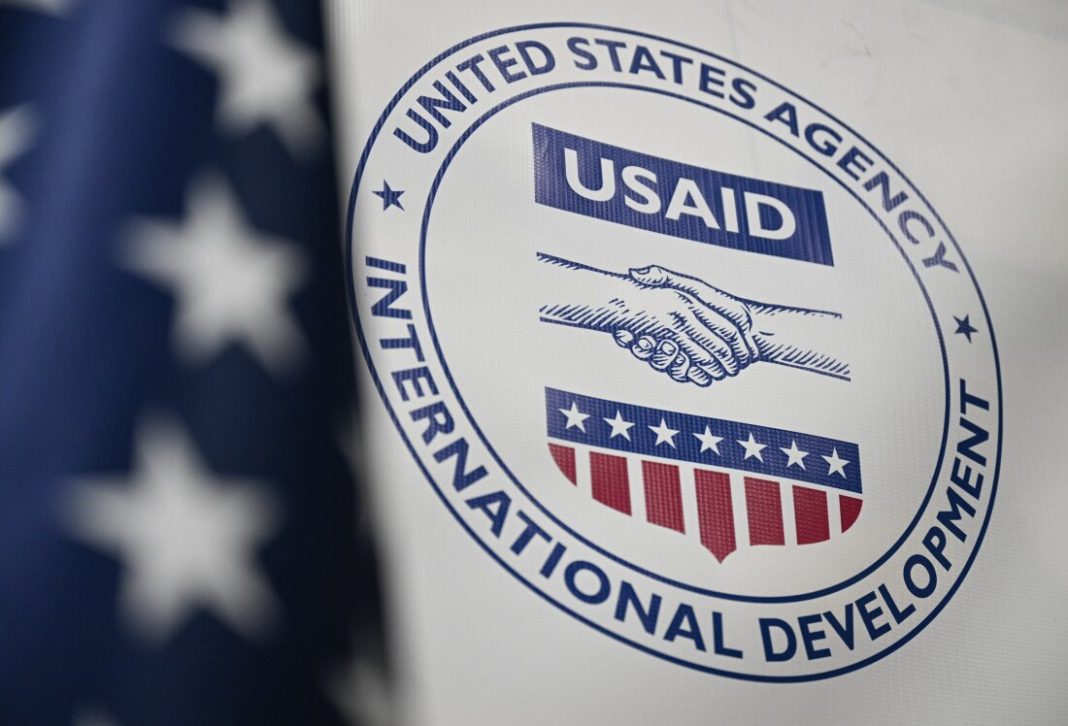In early February 2025, the global community witnessed a significant shift in foreign assistance policy when former U.S. President Donald Trump issued an executive order to review U.S. foreign aid programs. As a result, the U.S. Agency for International Development (USAID) has directed its partners in India to suspend ongoing projects funded by the agency, which has sparked concerns among various sectors, particularly health, education, and gender-related initiatives. The suspension is expected to have wide-reaching effects on India’s development landscape, potentially disrupting vital services and initiatives aimed at improving public health, education, and addressing gender-based violence.
In this article, we explore the implications of the USAID funding freeze and its potential impact on India’s health and education sectors.
The USAID Funding Freeze: Key Facts
USAID’s suspension of funds comes as part of the Trump administration’s broader review of international aid. The agency notified its project partners, including voluntary organizations and NGOs working on government-led initiatives, to halt their activities until further notice. The directive warns that partners must minimize their spending during this “pause period” and refrain from resuming work until they receive a formal notification from USAID.
While USAID has a relatively modest presence in India, its financial contributions have supported crucial projects aimed at improving public health, enhancing education, and tackling gender inequalities. The directive comes at a time when global aid has been declining steadily, making the funding freeze all the more concerning for India’s development community.
Impact on India’s Health Sector
One of the sectors most affected by the freeze will be public health, where USAID has provided significant support for years. In particular, USAID funds have bolstered grassroots-level outreach, offering technical expertise and financial backing for programs targeting maternal and child health, sanitation, water access, and hygiene (WASH).
Since 2004, USAID has supported several health-related initiatives in India, focusing on improving access to healthcare services in remote regions and advancing maternal health programs. As of January 2021, USAID was funding initiatives in six states to enhance maternal and child health services, and its contributions have helped advance programs aimed at providing safe drinking water and improving sanitation conditions in urban and rural areas.
The freeze is particularly concerning for India’s maternal and child health initiatives, which rely on USAID’s technical and financial support. With reduced assistance, the country may face setbacks in its efforts to improve healthcare outcomes for vulnerable populations, particularly in underserved areas.
Disruption of Education and Gender Initiatives
In addition to health, education and gender-based initiatives are also likely to be significantly disrupted by the USAID funding freeze. USAID has been a key partner in funding education programs, focusing on improving access to quality education for marginalized groups. The agency’s work has spanned initiatives in rural education, enhancing literacy rates, and providing teacher training programs.
Furthermore, USAID has partnered with state governments and civil society organizations to tackle gender-based violence and provide support for the disabled community. These programs have been critical in empowering women and marginalized groups, particularly in rural areas where access to resources and support is limited.
The freeze on USAID funding may lead to an immediate disruption in these programs, particularly as many grassroots organizations heavily rely on these funds to sustain their initiatives. The uncertainty surrounding the freeze could lead to anxiety among NGOs and other development organizations that have been working tirelessly to advance social change.
A Deeper Crisis: The Dwindling Global Aid Landscape
The USAID funding freeze in India is part of a broader trend in which large international aid agencies have reduced their financial support for developing countries. Over the past few years, countries like Sweden, Germany, and the United Kingdom have also scaled back their aid contributions, leaving local NGOs to face the challenge of securing alternative sources of funding.
The recent restrictions imposed under India’s Foreign Contribution Regulation Act (FCRA) have further complicated the situation, making it difficult for local organizations to accept foreign donations. The combination of shrinking international aid and increased regulatory restrictions has put India’s development sector in a precarious position.
The Road Ahead: What Needs to Be Done
As the freeze on USAID funding continues, it is crucial for India’s government and development organizations to seek new ways to sustain their projects. Diversifying funding sources by exploring new partnerships and tapping into private sector support will be vital in ensuring that essential programs continue uninterrupted.
Moreover, the Indian government must consider providing greater financial support to NGOs working in critical sectors like health, education, and gender equality. By supporting these organizations directly, the government can help cushion the blow from the USAID funding freeze.
The USAID funding freeze has created uncertainty for health and education projects in India. The potential disruption of programs aimed at improving maternal health, education access, and gender equality will undoubtedly have lasting consequences on vulnerable populations across the country. As global aid continues to shrink, it is essential for India to explore new funding avenues and strengthen local initiatives to continue advancing development goals



